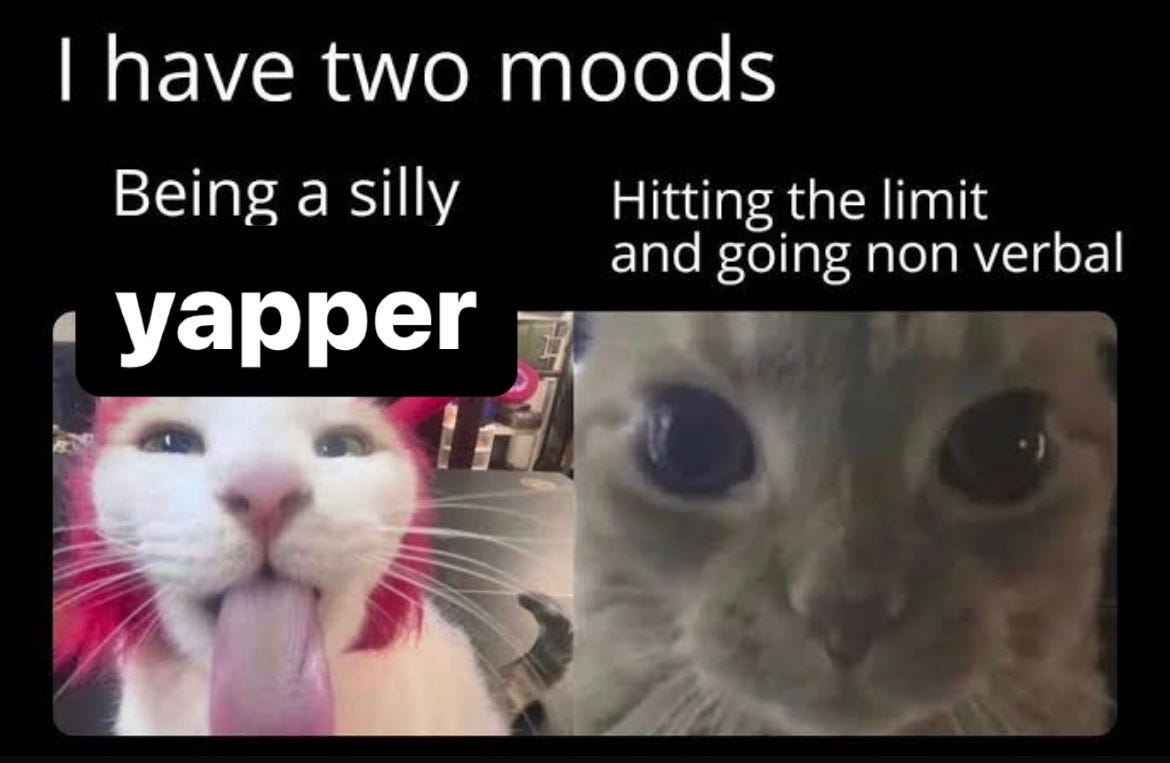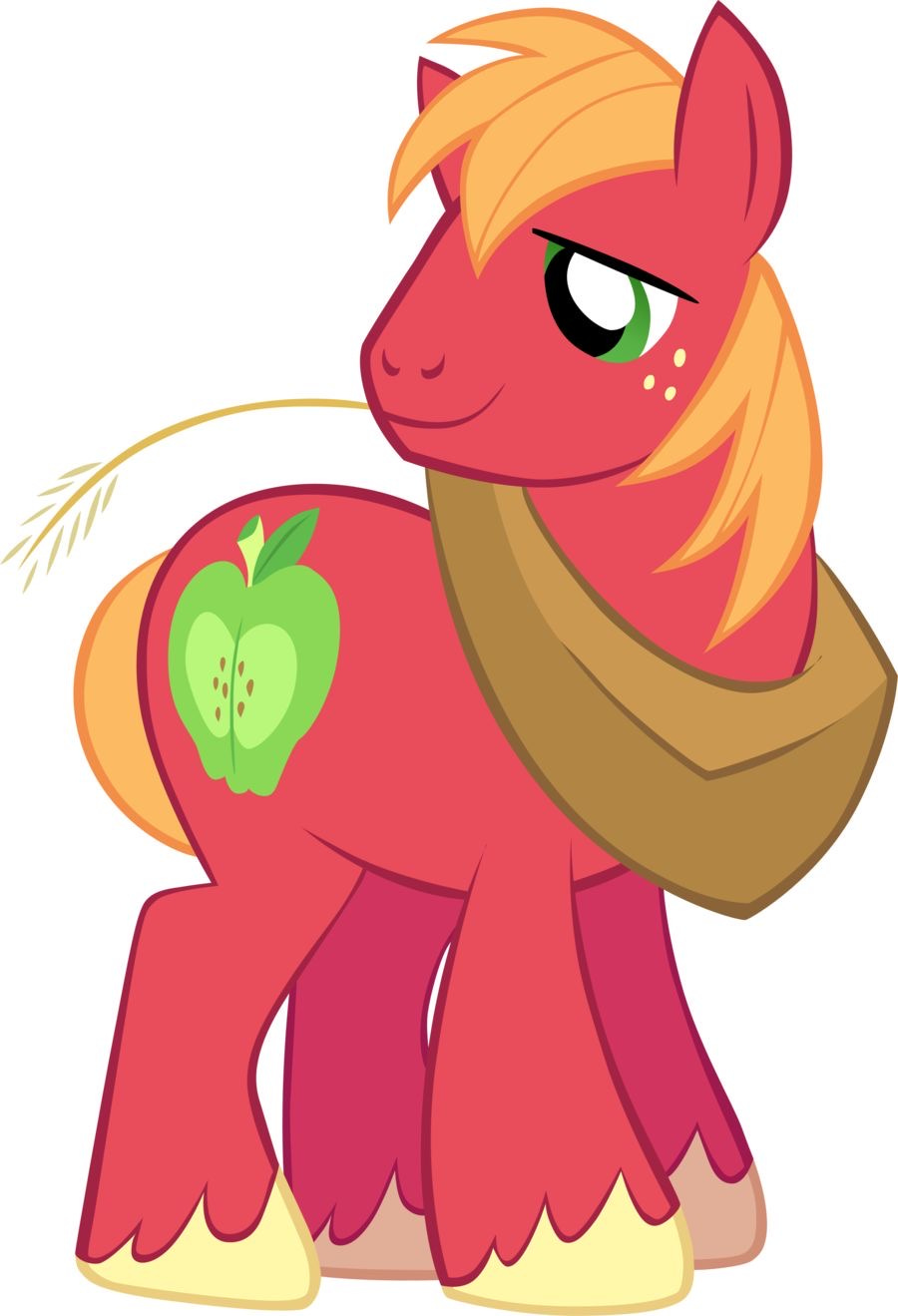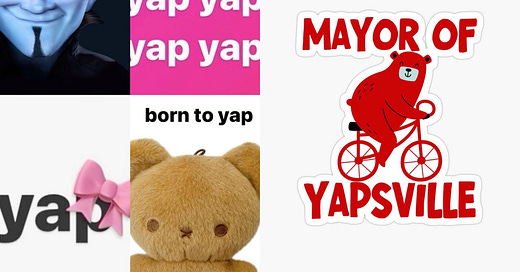
Hey, did you see that meme collage thingy above? I hope you have! If you haven’t seen such types of memes before, don’t worry—just stop reading this blog! Seriously, though, who doesn’t love a good meme? They’re like the digital equivalent of potato chips—once you start, you can’t stop. Anyways…
Memes, those silly pixels of joy—what would we do without them? Lately, meme culture has brilliantly captured two distinctive communication styles: the relentless chatter of yapping and the understated power of being non-verbal.
Communication styles, or interaction styles, are the ways individuals express themselves and interact with others. These styles influence how we convey our thoughts, emotions, and intentions, shaping our interactions and relationships. Each type of communication style has unique characteristics and impacts social dynamics in different ways. The main types of communication styles are:
1. Assertive Communication: Direct, honest, and respectful expression of thoughts and feelings.
2. Passive Communication: Avoidance of expressing one’s own opinions or feelings, often yielding to others.
3. Aggressive Communication: Forceful and dominating expression, often at the expense of others.
4. Passive-Aggressive Communication: Indirect expression of hostility, often through subtle insults or stubborn behavior.
5. Non-Verbal Communication: Conveying messages through body language, facial expressions, and silence.
In this blog, we’re focusing on a more playful take on communication styles: excessive yapping and the quiet, non-verbal style. Now, let the battle begin: The Yapper Movement vs. The Non-Verbal Revolution.
Meme Culture: The Showdown
No matter which side of the communication spectrum you fall on—whether you’re a yapper, someone who favors non-verbal communication, or even a mix of both—you’ll find yourself relating to these memes. They capture the humor and complexities of our daily interactions in ways that are both relatable and entertaining (if you understand horrible Gen Z humor, of course, to each their own).

Now, let’s break all of this silly stuff down—it’s analysis time. And for that, I have to take you to Ponyville with me! As Applejack would say, “Y’all ready for this? Yeehaw!”
Analysis: Exploring Yapping vs. Non-Verbal Communication
The Pinkie Pie Effect
Meet Pinkamena Diane Pie, affectionately known as Pinkie Pie. She is a yapper, and loves to share every detail about her latest party plans, her thoughts on cupcakes, her adventures with friends, and why balloons are the best party decoration. In the meme world, Pinkie Pie embodies the Yapper—she’s A CERTIFIED YAPPER, indeed!

Yapping, or excessive talking, is a communication style where individuals express themselves primarily through words, often in great detail and with high frequency. This style is engaging and dynamic but can sometimes overwhelm listeners. In psychology, this can be linked to high levels of extraversion, where individuals gain energy from social interactions and feel the need to share their thoughts and experiences vocally.
Pros of Yapping:
Clarity: Yappers often make their thoughts and feelings abundantly clear.
“You see I never saw you before, and if I never saw you before that means you're new, 'cause I know every pony, and I mean every pony in Ponyville, and if you're new, then it meant you haven't met anyone yet, and if you haven't met anyone yet, you must not have any friends, and if you don't have any friends then you must be lonely, and that made me so sad, and I had an idea, and that's why I went [gasp], I'll just throw a great big ginormous super-duper spectacular welcome party and invite everyone in Ponyville. See? And now you have lots and lots of friends!”
— Pinkie Pie, My Little Pony: Friendship Is Magic (Season 1, Episode 1 - “Mare in the Moon”) [Timestamp: 17:01]
Pinkie Pie’s verbal enthusiasm ensures you always know exactly what she’s thinking. She leaves no detail unexplained and no emotion hidden. Whether she’s planning a party or sharing her feelings, Pinkie Pie’s words paint a vivid picture, making her intentions crystal clear. Yappers ensure that their message is conveyed clearly and completely, leaving little room for ambiguity or misunderstanding. This kind of transparency helps to ensure that everyone is on the same page.
• Expressiveness: Their vocal modulation adds layers of meaning and emotion.
“Too old for free candy? [chicken squawk] Never.”
— Pinkie Pie, My Little Pony: Friendship Is Magic (Season 2, Episode 4 - “Luna Eclipsed”) Timestamp: 1:16
Pinkie’s voice goes up, it goes down; it’s like a rollercoaster going okey-dokey-lokey! Especially when she’s baking, particularly cupcakes. Expressiveness can add depth to conversations, allowing listeners to connect more deeply with the speaker’s emotions and intentions.
• Captivation: Conversations with yappers are rarely dull; they’re filled with stories and enthusiasm. If you’re a yapper who’s boring…well, good luck with that!
“She was like a stunt superstar, flying higher and higher, and then Rainbow Dash swooped down--swoosh--and right before she hit the ground--shoom-she pulled up--rrrmmm! …And then she looped around and around like fwoom fwoom fwoom fwoom fwoom fwoom fwoom.”
— Pinkie Pie, My Little Pony: Friendship Is Magic (Season 1, Episode 5 - “Griffon the Brush-Off”) Timestamp: 0:04
Conversations with Pinkie are super-duper fun! Yappers keep the conversation lively and interesting with their animated storytelling and enthusiastic delivery. Their energy can be infectious, drawing listeners in and keeping them engaged.
Cons of Yapping:
• Overwhelming: Too much talking can tire or overwhelm listeners.
“And then I said, ‘Oatmeal? Are you craz—’”
(She stops yapping when Twilight glares at her.)
— Pinkie Pie, My Little Pony: Friendship Is Magic (Season 1, Episode 3 - “The Ticket Master”) [Timestamp: 10:28]
Pinkie Pie’s exuberant and boundless energy can be overwhelming for those who prefer quieter surroundings. Continuous talking can be mentally draining, making it hard for listeners to keep up with the conversation and process information effectively.
• Noise: Constant chatter can become like white noise in the background.
“Ah, Pinkie, you have got to stop talking to yourself. Starting… now!”
— Pinkie Pie, My Little Pony: Friendship Is Magic (Season 3, Episode 3 - “Too Many Pinkie Pies”) [Timestamp: 5:27]
Constant talking can become like white noise in the background, making it difficult for others to focus or relax. The incessant chatter can be mentally draining and create an environment where it’s hard to concentrate.
• Confusion: Rapid or excessive talking can cause confusion and misunderstandings.
“Ooh, ooh! Okay, let me see. One-forty-seven, two-twenty-nine, carry the two…three hundred and eighty-seven?”
— Pinkie Pie, My Little Pony: Friendship Is Magic (Season 8, Episode 9 - “Non-Compete Clause”) [Timestamp 1:25]
Pinkie Pie’s fast-paced and non-stop talking can sometimes lead to confusion, making it hard for others to understand her fully, and sometimes herself. When conversations are filled with rapid and disjointed thoughts, listeners can easily lose track of the main points, leading to misunderstandings and a lack of clear communication.
Final Thoughts from Sugarcube Corner
Pinkie Pie’s yapping is fun and full of energy, making conversations lively and engaging. However, it can also be overwhelming, tiring, and lead to miscommunication. Recognizing these pros and cons helps us understand and appreciate the diverse ways we communicate. This dynamic showcases the dual nature of yapping: it can be a source of connection and joy, but also a challenge for those on the receiving end.
Random Facts About Yappers:
1. Higher Extraversion Levels: Yappers often score high on extraversion, which means they gain energy from social interactions and feel more comfortable expressing their thoughts and feelings vocally.
2. Cognitive Benefits: Talking frequently can help in processing information and improving cognitive functions, as verbalizing thoughts can enhance understanding and retention.
3. Need for Validation: Studies suggest that frequent talkers may have a higher need for attention and validation from their peers, which can sometimes be perceived as dominating conversations.
Here’s the thing: every yapper is different. And honestly, what would we do without them? They bring joy, and a unique spark to our lives.
The Big Mac Way
Say hello to Big McIntosh, better known as Big Mac. He is Applejack’s older brother and the master of non-verbal communication, conveying his thoughts and feelings with minimal verbal interaction. In the meme world, Big Mac embodies the strong, silent type—an expert in speaking volumes without saying much at all.

Non-verbal communication, or being extremely quiet, involves minimal verbal interaction and relies on silence or brief responses. This style can be efficient, often conveying more through the absence of speech than through a torrent of words. In psychological terms, non-verbal communication is essential for conveying emotions and intentions, and it plays a significant role in how we understand and connect with others. Studies have shown that a large percentage of our communication is non-verbal, highlighting its importance in our interactions. It is also associated with introversion, where individuals might prefer internal reflection and minimal verbal interaction.
Big Mac is the master of non-verbal communication. He can convey he’s content with a simple “Eeyup,” show concern with a furrowed brow and, and express deep sympathy with a gentle pat on the back. In the meme world, Big Mac is the king of non-verbal communication.
Pros of Non-Verbal Communication:
• Subtlety: Non-verbal communication allows for nuanced interactions that words might oversimplify.
Um…how do you like them apples? (gesturing with head)
— Big Mac, My Little Pony: Friendship Is Magic (Season 1, Episode 4 - “Applebuck Season”) [Timestamp: 19:40]
Big Mac’s quiet cues and gestures can convey complex thoughts and emotions subtly, adding depth to his interactions. Subtlety in communication enables individuals to express themselves without the need for explicit words, often allowing for a more profound and layered understanding between communicators.
• Reassuring Actions: Non-verbal communicators often use actions and presence to provide reassurance and support.
(Big Mac reassures Applejack with his steady presence and minimal words during the cider-making contest)
— My Little Pony: Friendship Is Magic (Season 2, Episode 15 - “The Super Speedy Cider Squeezy 6000”)
Big Mac’s calm demeanor and consistent actions provide silent support, helping to keep the family focused and motivated. His minimal words and effective actions create a sense of stability and reassurance, demonstrating the power of non-verbal communication. Reassuring actions in communication help foster a supportive environment, offering comfort and stability through reliable presence and dependable actions.
• Attentive Listening: A quiet demeanor fosters attentive listening and thoughtful responses.
“Eeyup”
(Big Mac attentively listening to Apple Bloom after the Sisterhooves Social)
— Big Mac, My Little Pony: Friendship Is Magic (Season 5, Episode 17 - “Brotherhooves Social”) [Timestamp: 18:28]
Big Mac’s quiet presence enables him to listen intently and provide well-considered responses, leading to deeper and more effective communication. Attentive listening involves fully concentrating, understanding, responding, and remembering what is being said. This active process helps build stronger connections and ensures that the communicator’s message is accurately received and appropriately responded to.
Cons of Non-Verbal Communication:
• Ambiguity: Silence can be easily misinterpreted without context.
(Big Mac’s silence during his attempts to communicate with Sugar Belle)
— My Little Pony: Friendship Is Magic (Season 7, Episode 8 - “Hard to Say Anything”)
During his attempts to communicate with his love interest, Sugar Belle, Big Mac’s silence might be misinterpreted as indifference or lack of interest, when in reality, he is just feeling shy or unsure. Ambiguity in non-verbal communication can lead to misunderstandings, as the lack of verbal clarification may leave others guessing the true intent behind the gesture.
• Limited Expression: Some complex ideas may be challenging to convey without words.
(Big Mac trying to explain his proposal plan to Spike and Discord using gestures)
— My Little Pony: Friendship Is Magic (Season 9, Episode 23 - “The Big Mac Question”) [Timestamp: 2:48]
Big Mac’s attempts to explain his proposal plan using gestures and minimal words are insufficient to convey the full complexity of his idea. When it comes to explaining complex ideas, a few gestures might not cut it. Limited expression through non-verbal communication can hinder the conveyance of intricate thoughts or detailed information, making it difficult to fully understand the message.
• Perceived Aloofness: Extreme quietness can be seen as disinterest or detachment.
(Big Mac working silently in the background while others talk)
— My Little Pony: Friendship Is Magic (Season 4, Episode 9 - “Pinkie Apple Pie”)
Despite being fully engaged, his quiet demeanor might give the impression of detachment. Perceived aloofness due to extreme quietness can make others feel that the non-verbal communicator is detached or uninterested, even when they are fully engaged and attentive.
Final Thoughts from Sweet Apple Acres
Big Mac’s non-verbal communication is a powerful tool, making interactions efficient and calm. However, it can also be ambiguous, limiting, and sometimes perceived as aloof. Recognizing these pros and cons helps us understand and appreciate the diverse ways we communicate. This balance between benefits and drawbacks highlights the dual nature of non-verbal communication: it can convey depth and presence with minimal words, but also pose challenges in clarity and perception.
Random Facts About Non-Verbal Communicators:
1. Higher Introversion Levels: Non-verbal communicators often score high on introversion, which means they prefer internal reflection and may feel more comfortable expressing themselves through actions rather than words.
2. Enhanced Observation Skills: Non-verbal communicators tend to be keen observers, picking up on subtle cues and details that others might miss, which can enhance their understanding of situations and people.
3. Emotional Sensitivity: Those who communicate non-verbally are often more attuned to their own and others’ emotions, which can lead to deeper empathy and stronger emotional connections.
Here’s the thing: every non-verbal communicator has their own unique way of connecting with others. Their silent strength and calm presence offer a different kind of support and understanding, enriching our interactions in ways that words sometimes cannot.
Here’s a little story to show these styles in action:
The Mane Event: Pinkie Pie vs. Big Mac
Pinkie Pie was in her element, excitement bubbling over as she zipped around Sugarcube Corner, her voice a whirlwind of enthusiasm. “And then we’ll have balloon animals, and cupcakes, and streamers, and…” Her chatter was endless, each sentence adding to the growing cacophony of party preparations. Decorations flew up, confetti rained down, and Pinkie’s infectious energy filled every corner of the room.
Meanwhile, Big Mac strolled in with his usual calm demeanor. He took in the chaotic scene with a single glance and nodded quietly. “Eeyup,” he said, acknowledging the frenzy without being swept up in it. While Pinkie’s vibrant energy dominated one side of the room, Big Mac’s calm and deliberate presence provided a stark contrast.
Suddenly, Pinkie’s eyes sparkled with a new idea. “Big Mac!” she exclaimed, bouncing over. “Let’s have a party-planning showdown! You with your ‘Eeyup’ and your apple-licious style, and me with my super-duper Pinkie Pie party magic! Let’s see who can throw the most fantastically amazing party in all of Ponyville!”
Without missing a beat, Pinkie sprang into action, decorating at lightning speed. Her excited chatter filled the room as she described every detail of her plans. Streamers, balloons, and colorful banners appeared one after another, turning her side of the room into a whirlwind of crazy colors and energy.
Big Mac, unfazed, quietly picked up a few streamers and placed them thoughtfully, his actions slow and steady. As Pinkie’s chatter reached a fever pitch, Big Mac raised an eyebrow and simply pointed to a perfectly placed cupcake tower he had assembled without saying a word.
The guests arrived and were torn between Pinkie’s vibrant, crazy corner and Big Mac’s serene, tranquil space, the perfect chill spot. The room was a silly little mix of chaos and calm, reflecting the clash of the yapping and non-verbal communication styles.
As the party unfolded, something interesting happened. Guests moved freely between Pinkie’s lively corner and Big Mac’s simple setup, finding joy in both environments. Pinkie’s endless stories and games drew laughter and excitement, while Big Mac’s quiet corner offered a relaxing spot where guests could unwind and, of course chill out!
The party ended with everyone agreeing it was one of the best they had ever attended. Pinkie and Big Mac shared a knowing glance, then simultaneously said, “Eeyup!” and laughed, acknowledging that both their styles had made the event truly special.
Effective communication can take many forms. Pinkie Pie’s exuberant yapping and Big Mac’s calm, non-verbal cues both have their strengths and challenges. By appreciating and balancing different communication styles, we can create environments where everyone feels included and valued. Embracing diversity in communication enriches our interactions and strengthens our connections with others.
Afterparty Reflections
So, what can we learn from the “Yapper Movement vs. Non-Verbal Resilience”? First, it’s a hilarious reminder that we all have different communication styles. Whether you’re a Pinkie Pie or a Big Mac, understanding the strengths and limitations of each approach can help you navigate social interactions more effectively.
Next time you’re at a party in Ponyville, take a moment to observe. Are you the one yapping away like Pinkie, or do you prefer the silent strength of Big Mac? Either way, just remember: the real winner is the one having the most fun!
Embracing our unique ways of communicating not only makes us more self-aware but also fosters better connections with those around us. So, celebrate your style, appreciate others’, and enjoy the diverse tapestry of interactions that make life interesting and fun.




You’ve done it again Pinkie! Never thought that My Little Pony characters could be used as references to convey different point of views. Weaving My Little Pony into your article just shows how anything can be used as a reference to coney you point. Your love for writing was very evidently expressed within each sentence i read. Like last time, this article shows all the dedication you put into this. All that 72 hours of mlp research paid off!!!
this is the most beautiful thing i’ve seen today 🎀